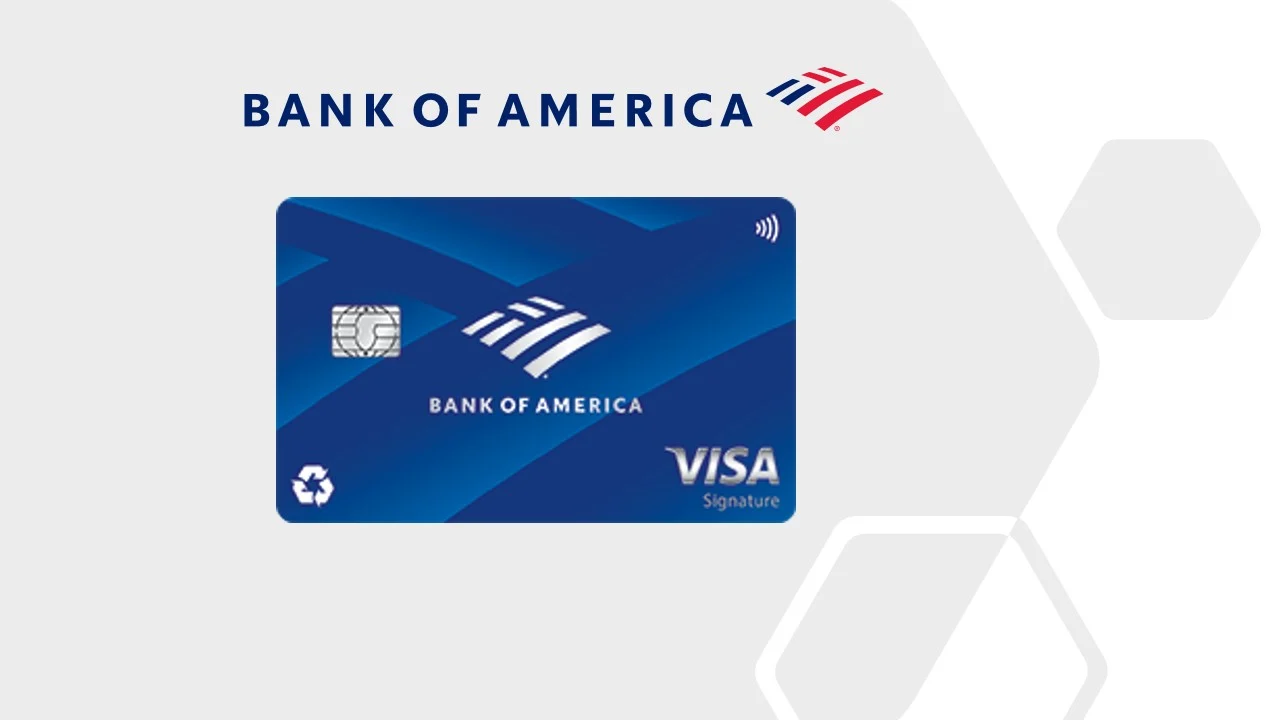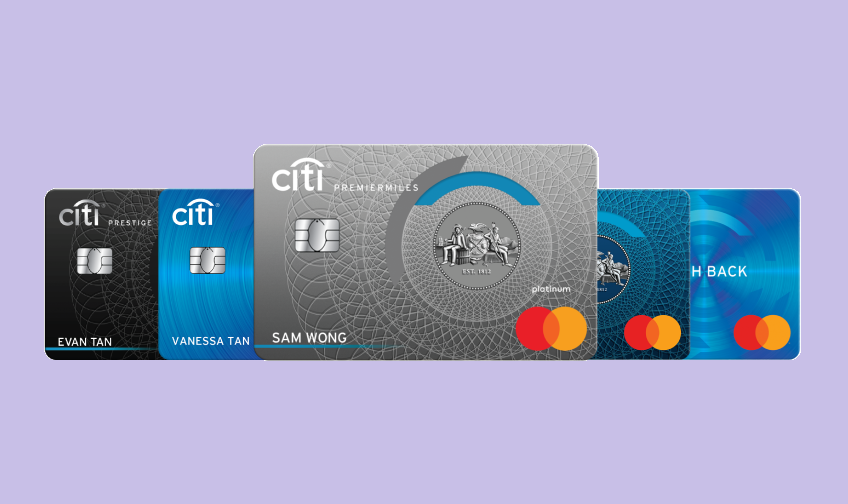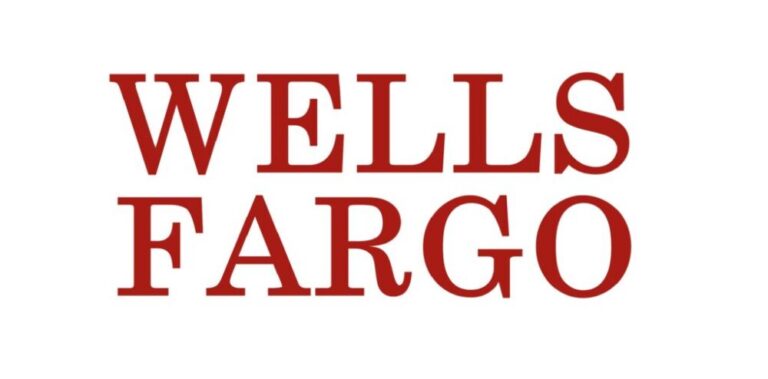Strategies for Managing Credit Card Debt and Regaining Financial Control

Understanding Credit Card Debt
For countless Americans, credit card debt isn’t just a minor obstacle; it’s a significant source of stress that can affect mental health and overall quality of life. According to recent statistics, the average U.S. household carries around $8,000 in credit card debt, which accumulates hefty interest over time. With rising living costs and persistent inflation, it’s vital to adopt effective strategies to regain control over these burdensome financial obligations.
The Importance of Budgeting
One of the first steps in tackling credit card debt is to create a budget. This involves tracking both your income and expenditures meticulously. Apps like Mint or YNAB (You Need A Budget) make this process easier, allowing you to categorize your spending and highlight areas that may be overspending, like dining out or subscriptions. By establishing clear limits, you can redirect extra funds to pay off your debts, thus gaining a clearer picture of your financial landscape.
Prioritizing Your Debts
Not all debts are created equal. When you prioritize debts, you should target those with the highest interest rates first—often referred to as the avalanche method. For instance, if you have a credit card charging 18% interest and another at 12%, focus on paying off the 18% card first. This strategy not only minimizes interest paid in the long run but also accelerates your path to being debt-free.
Engaging with Creditors
Another effective method is to negotiate with creditors. It may sound daunting, but many creditors are willing to work with you. A simple phone call can lead to lower interest rates or even the possibility of setting up a manageable payment plan. For instance, if you’re in financial distress, explaining your situation may lead them to offer a short-term forbearance or a temporary reduction in your interest rate. This can greatly affect how quickly you can pay off your debt.
Debt Consolidation
If your debt feels overwhelming, you might consider a debt consolidation loan. By merging multiple debts into a single loan, often at a lower interest rate, you can simplify your payments and reduce the stress associated with managing multiple creditors. Research options like personal loans from credit unions which often offer more favorable terms than traditional banks, or explore a home equity loan if you own your home.
Balance Transfer Offers
Lastly, using a balance transfer can be a game-changer. Many credit cards offer promotional periods with 0% interest on balance transfers, allowing you to pay down the principal without accruing more interest. However, it’s crucial to read the fine print; aim to pay off the balance before the promotional period ends to avoid potential pitfalls.
Implementing these strategies can transform your relationship with credit card debt, shifting your perception from merely surviving to thriving financially. Understanding and adopting these approaches not only alleviates immediate financial pressure but also sets the foundation for healthier financial habits in the future. With diligent effort and the right strategies, it’s possible to take control and pave your way out of debt. Explore these options thoroughly, and consider seeking advice from financial professionals or community resources tailored to your individual circumstances.
DISCOVER MORE: Click here for the application steps
Effective Approaches to Tackle Credit Card Debt
Once you’ve recognized the significance of addressing credit card debt, it’s essential to explore actionable strategies designed to provide not only immediate relief but also long-term financial stability. Each individual’s financial situation is unique, and thus requires tailored solutions. Below are several practical approaches that can help you regain control of your finances and pave the way toward a more secure financial future.
Establishing an Emergency Fund
Before delving deeper into debt management, an often-overlooked strategy is to set aside an emergency fund. This might seem counterintuitive when you’re trying to pay off debt, but having a small safety net can prevent the need to rely on credit cards for unexpected expenses. Aim to save at least $500 to $1,000 initially. Once you have this buffer, you’ll find it easier to focus on eliminating existing debt without fear of falling back into that cycle.
Choosing a Debt Repayment Strategy
In addition to the avalanche method previously mentioned, there is also the snowball method. This strategy focuses on paying off the smallest balance first, regardless of interest rates. By eliminating smaller debts, you can build momentum and a sense of accomplishment. Although you might pay a bit more in interest, the psychological boost of closing out accounts can inspire continued progress against larger debts.
Utilizing Financial Tools and Resources
In today’s digital age, various tools and resources can assist in managing credit card debt more effectively:
- Identity Theft Protection Services: Many services offer not only credit monitoring but also tools to help detect fraud, potentially saving you money in the long run.
- Financial Counseling: Non-profit organizations provide financial literacy programs and workshops geared towards managing debt and creating actionable budgets.
- Credit Score Monitoring Apps: Keeping an eye on your credit score can motivate you to pay down debt, as many creditors look at this number when considering interest rate adjustments.
Examining Lifestyle Changes
Sometimes, addressing credit card debt requires a reevaluation of your current lifestyle. Consider making temporary sacrifices such as cutting back on luxury items or unnecessary subscriptions. If dining out frequently is a habit, devise a meal plan to prepare more meals at home. Redirect these savings to boost your debt payments. Reflecting on your values and spending habits can lead to more mindful financial decisions.
Understanding the root causes of your credit card debt, along with implementing these informed strategies, can transform your financial well-being. From establishing an emergency fund to seeking guidance through available resources, each step is a stride toward not only managing your current situation but also ensuring a future of financial autonomy. By taking control today, you are laying the groundwork for a more stable and empowering financial landscape tomorrow.
DISCOVER MORE: Click here to learn how to apply
Empowering Financial Strategies for Sustainable Change
Implementing effective financial strategies goes beyond simply paying off debt; it’s about cultivating habits that lead to lasting financial health. By incorporating various techniques and practices, individuals can empower themselves to navigate the complexities of credit card debt and create a more predictable financial future. Let’s explore these vital strategies that can contribute to ongoing financial prosperity.
Negotiating with Creditors
Many consumers overlook the value of proactive communication with their creditors. Taking the initiative to negotiate lower interest rates or payment plans can result in significant savings. Most credit card companies are willing to work with customers who express sincere intentions to pay down their debts. Before reaching out, it is beneficial to research the average interest rates for your credit score category, which can be quite enlightening and provide you leverage during negotiations. Many people successfully reduced their rates by as much as 25%, directly impacting the total amount paid over time.
Consolidating Debt
If juggling multiple credit card payments feels overwhelming, consider the option of debt consolidation. This involves combining multiple debts into a single, lower-interest loan, which can simplify your payment process. Whether through a personal loan, a balance transfer credit card, or a home equity line of credit, consolidating can help to lower monthly payments and reduce the total interest paid. Research shows that people who consolidate their debt typically pay it off faster due to decreased interest rates and improved cash flow management. However, it’s vital to compare terms and fees associated with consolidation to ensure it genuinely creates savings.
Automating Payments
With the busy pace of modern life, it’s easy to forget payment due dates, resulting in costly late fees and penalties. To avoid these financial pitfalls, set up automated payments where possible. Most banking institutions allow for automated transfers either for minimum payments or the entire balance. By automating your payments, you not only ensure timely payments but also minimize the stress of tracking multiple due dates. Plus, automating payments can contribute positively to your credit score by keeping your payment history clean.
Exploring Additional Income Streams
Increasing your income can significantly impact your ability to pay off credit card debt. While it may seem daunting, exploring side hustles, freelance opportunities, or part-time work can offer a surprising boost to your financial arsenal. According to a 2021 report by Bankrate, nearly 44% of Americans have a side gig, and many report it has made a notable difference in their ability to manage debt. Whether it’s driving for a rideshare service, freelancing in a skill you possess, or selling handcrafted goods online, diversifying your income can provide you with new resources to tackle your debts more aggressively.
Educating Yourself on Financial Literacy
To effectively manage credit card debt, investing time in financial education is pivotal. Many resources are available online and offline that can equip you with knowledge about interest rates, budgeting techniques, and debt management strategies. Courses offered by institutions or local community organizations can provide insights into long-term financial planning, investment strategies, and avoiding common financial pitfalls. The more informed you are, the better decisions you can make regarding your finances.
Incorporating these strategies into your financial management plan encourages a proactive attitude toward credit card debt. Whether it’s through negotiation, consolidation, or increasing income, each initiative constitutes a building block toward financial resilience, ultimately enabling you to pursue your financial goals with confidence.
DIVE DEEPER: Click here to learn how to apply
Charting a Path Toward Financial Freedom
Managing credit card debt is not merely a battle against numbers; it’s a journey toward reclaiming your financial autonomy. The strategies discussed, such as negotiating with creditors, debt consolidation, and setting up automated payments, are not just solutions for the short term. They are proactive steps that can free individuals from the shackles of high-interest debt and create a sustainable financial future.
Importantly, diversifying income through side hustles and enhancing your financial literacy can exponentially amplify your efforts. What might begin as a necessity can transform into an empowering endeavor that fosters confidence and financial well-being. Data reveals that nearly 50% of successful debt management stems from a solid understanding of personal finance; thus, investing time into learning can make a tangible difference.
As you embrace these practical approaches, remember that the goal is less about quick fixes and more about establishing a robust framework for lasting financial health. Take the time to reassess your spending habits, seek knowledgeable advice, and remain committed to your path. Regaining control over your finances is an achievable ambition, one that can lead to the fulfillment of dreams, be it home ownership, travel, or simply a secure retirement.
In a world where consumer debt can hover like a cloud, take the first step in transforming your financial narrative. Equip yourself with the necessary tools, stay vigilant, and watch as your financial landscape shifts towards one filled with opportunity and security.


